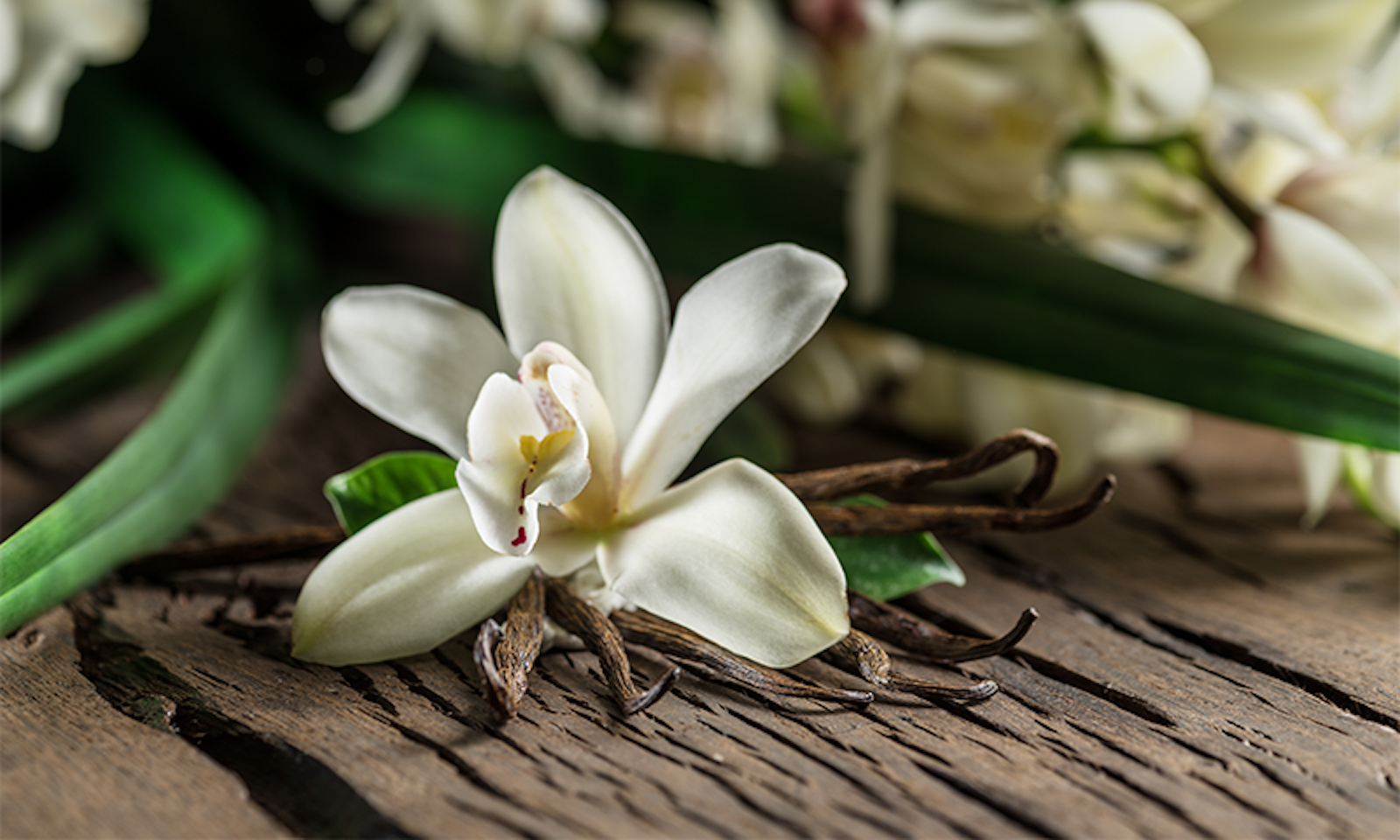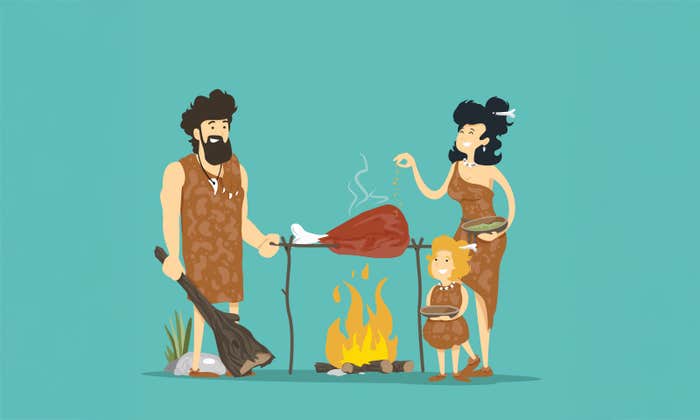Vanilla has a secret and a story to tell. Most every bean that is sold has been pollinated by human hands, in a deft gesture using a toothpick or a needle. And that method was discovered by an enslaved 12-year-old Black boy named Edmond Albius in 1841 on the tiny volcanic island of Réunion in the Indian Ocean. His invention rescued the island’s collapsing economy, transformed a tropical orchid into a cash crop, and commodified vanilla, turning it into the world’s most recognized flavor.
When growing wild, vanilla is only pollinated by one species of bee, found exclusively in its native country of origin—Mexico. The plant was prized by the Aztecs, who believed it contained “zanat,” nectar of the gods, and served as a form of royal tribute. In the early 1800s, it was introduced to the Netherlands and France, where it was considered an aphrodisiac, became a hit with Elizabeth I, among other royals, and was widely popularized for use in food and perfume. But no one was able to grow it outside of Mexico, until Albius.
Many botanists had tried to work out how to pollinate the plant by hand and failed.
“Like many brilliant inventions, Edmond’s appears disarmingly simple, but only after the fact,” says Eric Jennings, professor of French colonial history at the University of Toronto, in a lecture on the subject. Albius’ discovery required extensive botanical knowledge, careful observation, and ingenuity.
Vanilla grows as a vine with orchid flowers that have an intricate anatomy. Albius worked out that the male and female parts of the flower were separated by a slim membrane, which he punctured, bringing the two organs together. “The Albius maneuver, undertaken with a needle or toothpick, is extraordinarily delicate” Jennings describes, “I’ve tried it myself.”
The dexterity required bears emphasizing because resistance to the idea that an enslaved 12-year-old person of color could make a major botanical discovery endured well into the 20th century. In a 1938 racist historical novel Les Vanilliers, white French author Georges Limbour depicts Albius as possessing “the clumsiness of an ignorant insect.” Many botanists had tried to work out how to pollinate the plant by hand and failed. In the 1830s, Charles Morren, professor of botany in Liége, Belgium, successfully pollinated vanilla using a microscope and tiny scissors. But the method “takes probably 20 minutes” Jennings says, and was not useful for agriculture.

Today Albius’ technique is familiar to all vanilla growers, who continue to pollinate the flowers by hand, in a matter of seconds. After fertilization, over the course of a year, a pod of seeds grows from the fertilized orchid, rich in the oils that give the spice its fragrance.
We know of Albius’ invention through an account by his enslaver Ferréol Bellier-Beaumont, who describes his surprise and delight in discovering “his faithful companion” had achieved the feat of fertilizing the recalcitrant plant. Bellier-Beaumont’s vanilla vine had sat barren for 20 years. “I asked him how he had done it,” Bellier-Beaumont writes. “He proceeded to execute the operation that everybody now does. The intelligent child had been able to discern in the same flower the male and the female organs and put them properly in contact with one another.”
But, of course, the master’s admiration only went so far. Despite promoting Albius’ technique in local newspapers and defending his invention abroad against botanists who tried to steal it, Bellier-Beaumont never freed Albius. He gained his liberty and took a surname only in 1848 when France finally abolished slavery.
Today, a street, a school, and a bronze sculpture, in one of Réunion’s oldest towns, stand as tribute to Edmond Albius, the Black boy who was King of Vanilla. ![]()
Lead image: Valentyn Volkov / Shutterstock




























